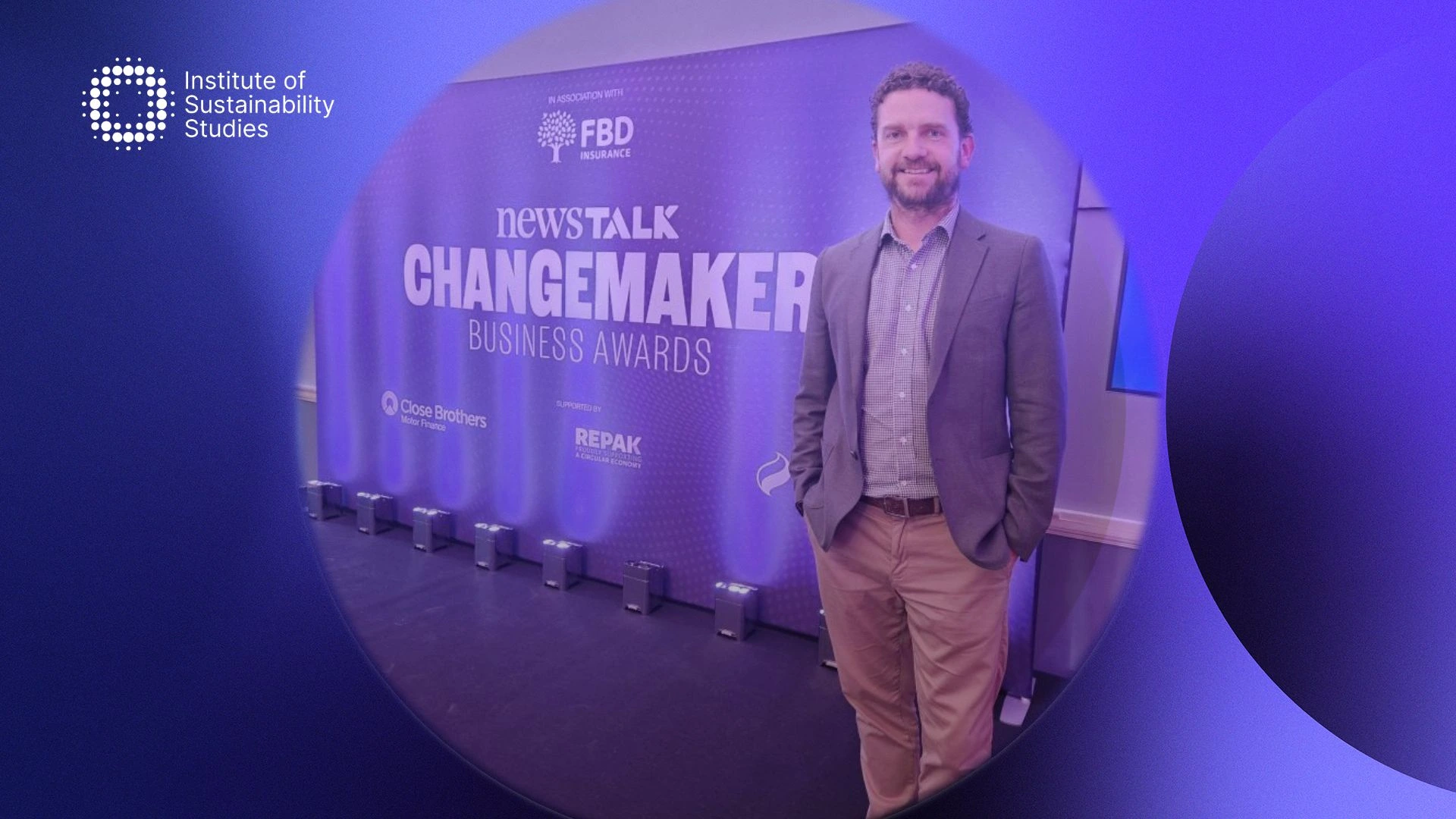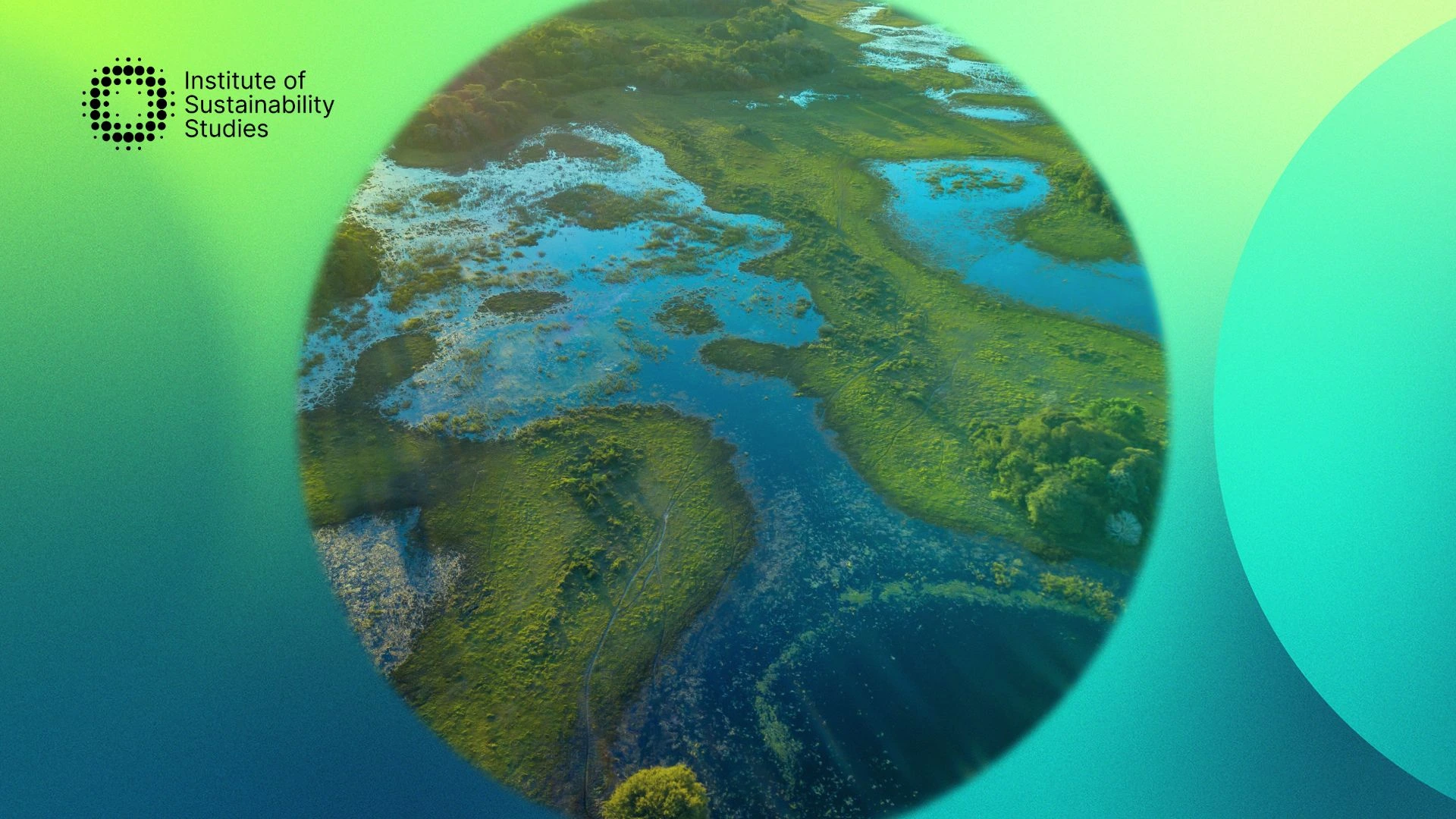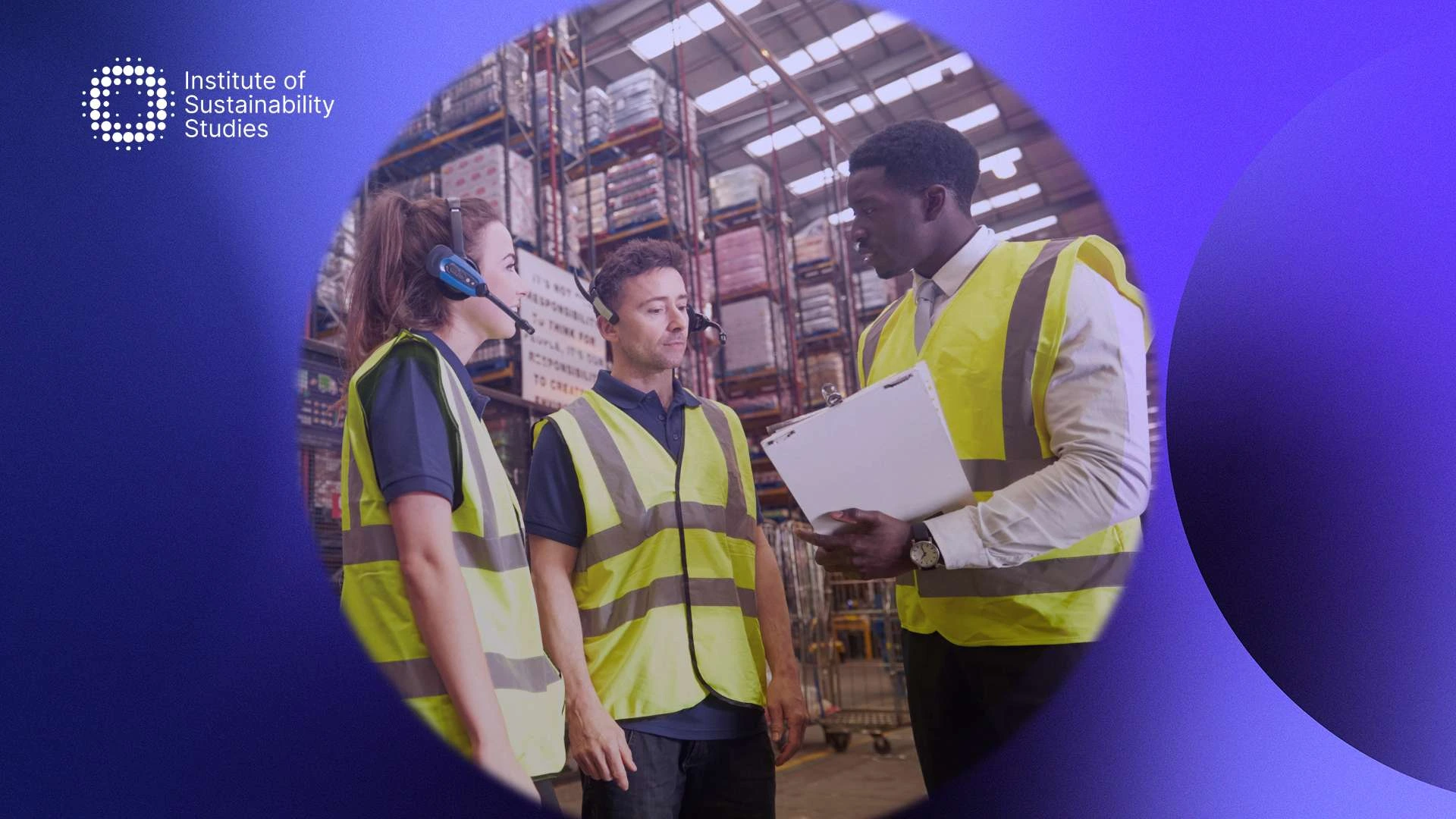A Life Cycle Assessment (LCA) is one of the most prevalent methodologies for quantifying sustainability. It is a systematic analysis of a product or service’s environmental impact throughout its entire lifespan.
This includes the production, manufacturing, material sourcing, processing, and disposal of the product or service. When carried out properly, the analysis can offer valuable data to help business owners make decisions to incorporate initiatives into their business sustainability strategies.
What is meant by Life Cycle Assessment?
An LCA, or Life Cycle Assessment, is the systematic analysis of the potential environmental effects of services or products during their complete lifespan. During this analysis, you look at these potential effects from when the product is created to when it is distributed and then finally discarded.
The assessment covers all necessary inputs from the environment, for example, water, land use, and crude oil, in addition to emissions into the soil, water, and air. Guidelines and requirements for carrying out a Life Cycle Assessment according to ISO 14040 and 14044 can be retrieved from the International Organization for Standardization.
All in all, an LCA is a framework for determining the environmental impact of your service or product. The goal behind doing this is to create data but also to encourage business owners to make decisions. For example, the decision could be to make your service or product more environmentally friendly.
Each Life Cycle Assessment has numerous environmental impact categories. These categories help to guide the direction of the analysis. Some of these include land use, air pollution, resource depletion, climate change, energy, and water use.
Gain a deep understanding and practical insights into key sustainability topics to assess, report, & communicate on business sustainability, with a fully online, self-paced and accredited course
What are the four stages of Life Cycle Assessment?
There are four stages of a Life Cycle Assessment. The first stage involves defining precisely what you want to analyze and how in-depth you would like to go with this analysis. The Life Cycle Inventory is the next stage, and this is where you assess the environmental outputs and inputs of a service or product.
Essentially, it is the data collection stage within your assessment. The ultimate aim here is to quantify the outputs and inputs, so everything that flows in and out of the system as per the goals set in stage 1 is measured. Next is the Impact Assessment. At this point, you have defined what you would like to measure and collected it.
Now, you are evaluating how significant the impacts are based on your inventory flow in the last phase. The final stage is interpreting your results from the assessment. These are the conclusions you can draw from your analysis, for example, how you can improve the efficiency of your product or service to be more environmentally sound.
Summary
Carrying out a Life Cycle Assessment (LCA) can assist policymakers, companies, and other organizations in making informed decisions to make their products and services more sustainable. The analysis offers vital data on improving product design, marketing, goal setting for climate change, and methods for quantifying crucial environmental impacts. Therefore, for businesses looking to improve the efficiency of their offering, this assessment can prove incredibly useful and insightful. To gain the skills needed to apply LCA effectively and advance your organisation’s sustainability efforts, explore our online sustainability courses and start building meaningful impact today.










